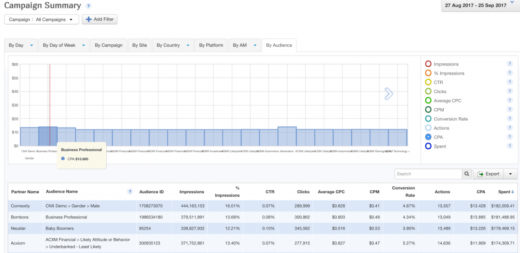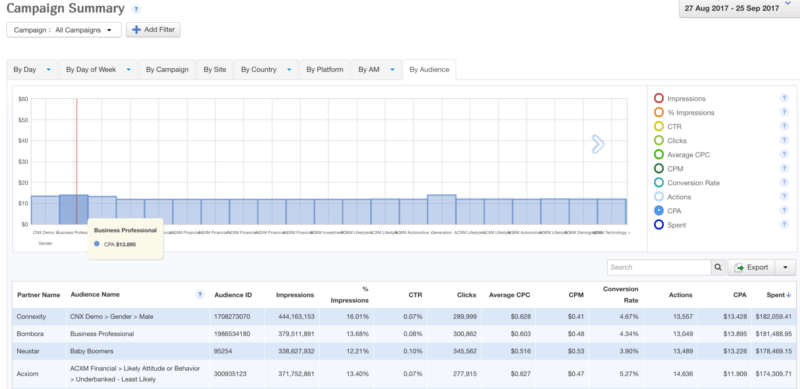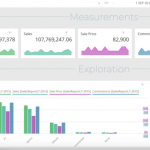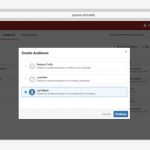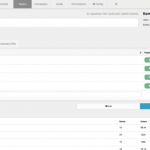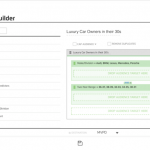Taboola adds a third-party data marketplace
The New York City-based company says this is the first of its kind for a content discovery service.
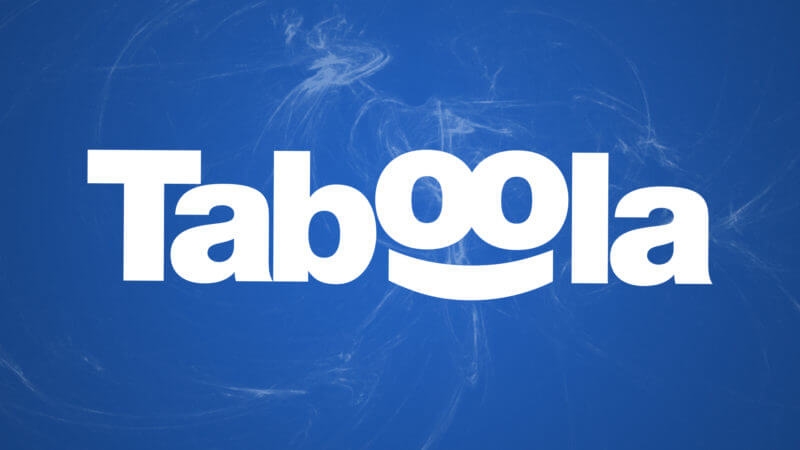
It’s a good week for data marketplaces. Salesforce has opened up availability to its second-party data marketplace, while content discovery platform Taboola is adding third-party data to its targeting with the launch of its Data Marketplace.
Taboola said that the Marketplace — populated with audience segments from data providers like Oracle Data Cloud, Neustar, Acxiom and Bombora — is the first of its kind for such a content discovery vehicle.
The company provides those “you might also be interested in these” linked images at the bottom of many stories, allowing the user to choose other content that is being promoted by the same or other sites, or by advertisers. Here’s a typical Taboola offering:

A screen showing Taboola’s content recommendations on a website
Previously, CEO and founder Adam Singolda told me, advertisers or publishers could target their linked content choices by contextual clues (such as topics similar to the story on the page), verticals like financial sites, device or geography of the user, or through retargeting users who previously visited other sites.
He noted that publishers and advertisers could also upload their own first-party data from their customer relationship management (CRM) system, as a list of cookies to be matched with the cookies of Taboola visitors.
What Taboola didn’t have was targeting by demographics (such as millennials), intent (like shopping for a car) or behaviors (like a user who frequently visits stories about politics). But now it does, through the new Data Marketplace. Here’s a sample screen from the new Marketplace:
In the Marketplace, a participating data provider like Acxiom might offer “off-the-shelf” audience segments, such as millennials who are in the market to buy a car.
It will deliver the segment as a list of cookies, which are then matched in real time with the cookies of users visiting Taboola content. When a user with a cookie in that list shows up on a Taboola page, the car advertiser delivers its linked car-related content into Taboola’s grid of content discovery.
At the moment, Taboola head of user data and e-commerce Ehud Furman said, the Marketplace only supports cookie matching for desktop and mobile, although cookies have limited targeting value in mobile. He added that matching by mobile device IDs and by cross-device identity is in the works.
To do this matching, he acknowledged, Taboola has set up what is essentially its first data management platform.
Pricing in the Marketplace is by cost-per-action (CPA), so advertisers and publishers only pay when the desired action takes place — which, in this case, is a click on the content.
Singolda pointed out that advertisers and publishers can compare cost of acquisition readily in the Marketplace. For instance, a publisher of an online newsletter about dogs might know her regular cost to get a new signup, and she can compare that with the CPA listed in the Marketplace for an audience segment such as “pet lovers.”
Marketing Land – Internet Marketing News, Strategies & Tips
(36)

